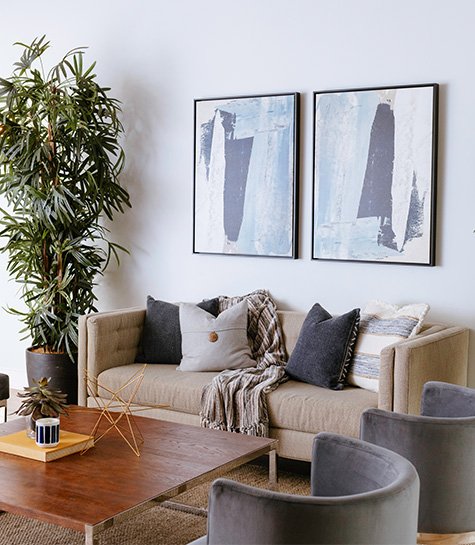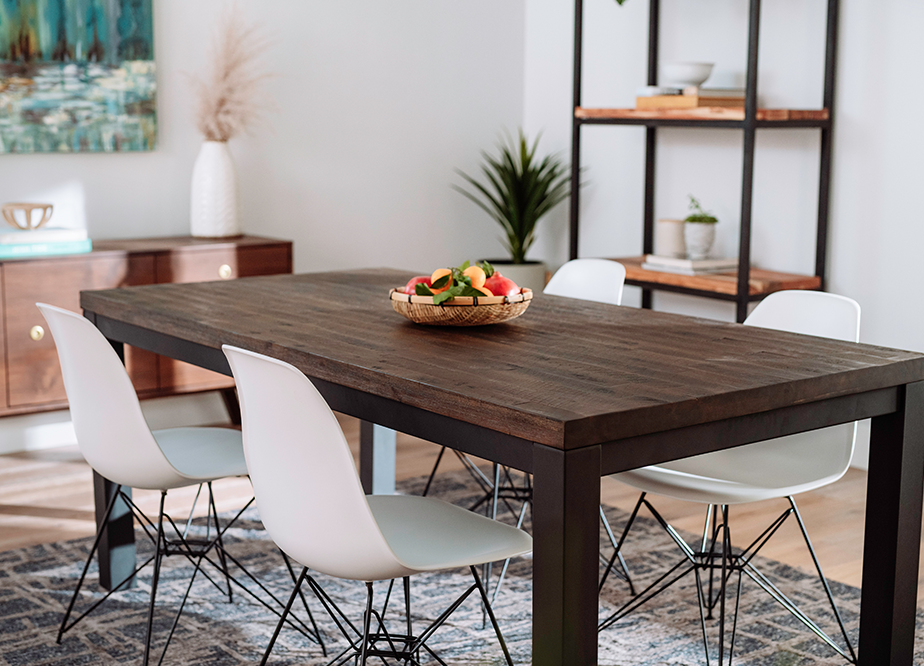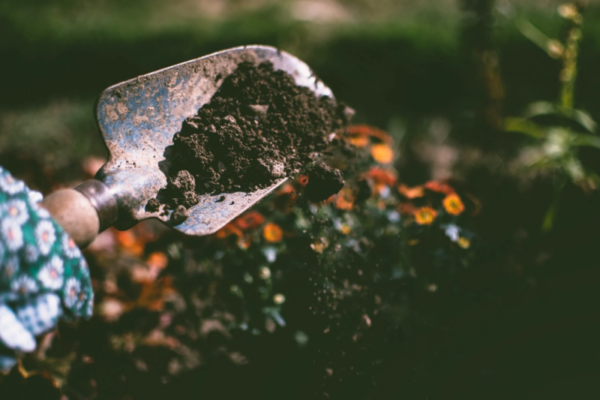Guest Authored by Ashley Lipman
Many novice gardeners think the gardening season ends after the summer harvest. However, there are lots of flowers and vegetables that thrive in the cooler fall air. Even if you don’t want to plant a fall garden, there are steps you can take to prep the soil for the next year.
Here are five secrets to jump-start your fall garden when the weather cools, and the harvest is over.
Remove Your Summer Harvest Remnants
One of the most common errors gardening enthusiasts make is letting the remnants of their summer harvest remain in the soil. The theory behind this lapse is that the remaining plants will break down and nourish the soil. However, there are a few problems with this laissez-faire approach to fall gardening.
If any of your plants were unknowingly carrying a disease or rot, this can remain in the soil and affect next year’s crops. Additionally, it’s wise to pull any weeds before they go to seed, as it helps prevent early growth in the spring season.
Whether you plan to grow more plants for fall or just want to get ahead of next year’s harvest, you should always remove the summer’s remnants. Pull the weeds, roots, and other plant matter then till the soil.
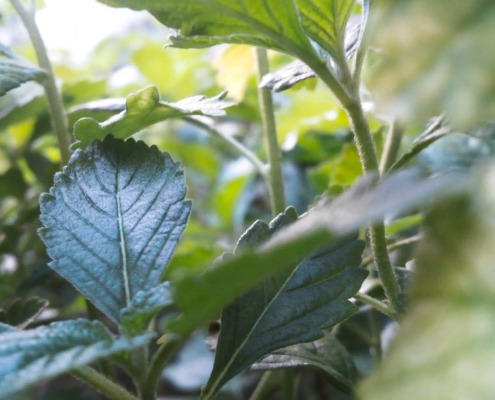
Install Floating Row Covers
While many plants and vegetables thrive in the cooler weather, they all have a vulnerable period. Seedlings tend to be more susceptible to early frosts, whereas established fall plants can withstand the colder weather. Some jump-start fall plants— broccoli, for example— are said to taste better after a few touches of frost.
Install some floating row covers to protect seedlings until they’re established. These are also great to keep on hand for the summer months to prevent pests and weed seed transfer. As the months get colder, replace the floating row covers with burlap for more warmth.
Consider a Cover Crop
If you aren’t ready for another round of harvesting, consider planting a cover crop in your fall garden. A cover crop consists of simple plants that grow and then get mixed into the soil to add nutrients for spring. Generally, a cover crop consists of grasses or simple herbs (check out this one from My Seed Needs) that grow well and have multiple uses.
The best cover crop option will largely depend on your hardiness zone. You can start seedlings inside at the peak of the summer to ensure they take root before transplanting them outdoors. This approach can help prevent the sensitive seedlings from getting killed off in the event of an early frost.
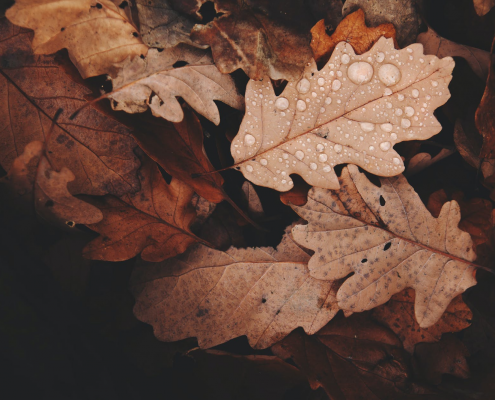
Use Your Leaves
One of the best ways to jumpstart your fall garden is to use the leaves from your yard as nourishment. This fallen plant matter still holds plenty of nutrients from the trees.
Rake the leaves into a pile and mulch them with a lawnmower to break them down and release the nutrients. Till them into your soil before planting your fall garden. You can add more leaf matter as the season goes on as insulation instead of mulch. If you have large gardens, don’t hesitate to ask your neighbor if you can harvest their leaves as well. Chances are, they’ll be happy to let you have them.
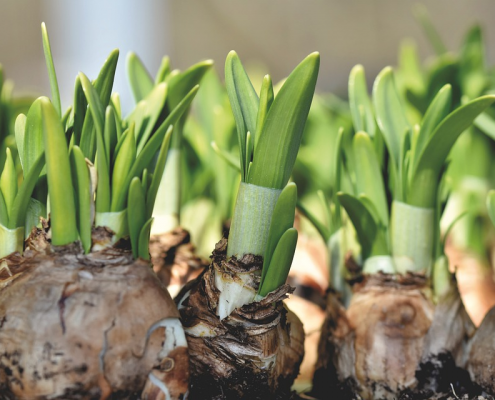
Tend to Your Bulbs
The fall is the best time to plant most bulbs, such as tulips and irises. However, that’s not the only tending these plants need during the fall months.
Depending on your location and plant selection, you may need to dig up some bulbs and store them for the winter. Dahlias and begonias are prime examples of plants that need extra TLC during the fall. Gently remove these bulbs and place them in a cool, dry area for storage. Be sure to dust off any remaining plant matter or dirt to prevent rot. You can store them in a paper bag with peat moss or wood shavings to keep them apart and insulated.
Plants like lilies can also benefit from some extra care during the fall gardening season. Wait until your blooms have died off, then gently dig up and separate overgrown patches. You can replant bulbs with more space or share them with friends for a gift that keeps on giving.
Use these five fantastic gardening tips to jump-start your fall garden and prepare the soil for the spring.
Looking to rent furniture for your home with your new fall garden? Contact Fashion Furniture Rental to learn more.
About Ashley

Ashley Lipman
Content marketing specialist
Ashley Lipman is an award-winning writer who discovered her passion for providing knowledge to readers worldwide on topics closest to her heart – home improvement. Since her first high school award in Creative Writing, she continues to deliver awesome content through various niches!

